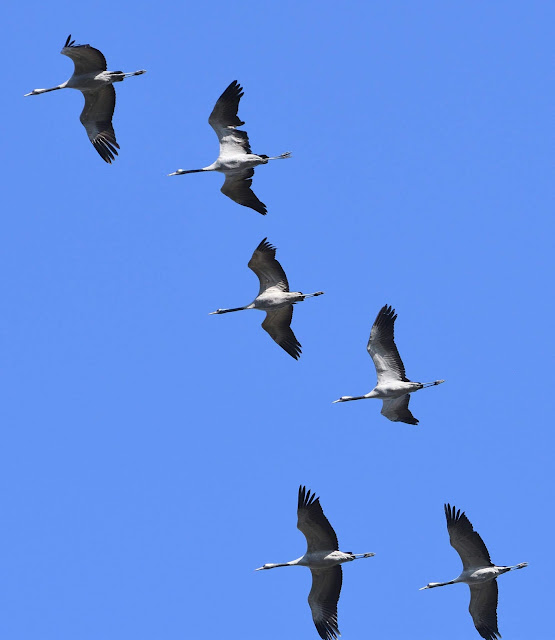Common Buzzard

Although my region of France is home to a large number of Buzzards, I have found photographing them, to be much more difficult than birds in the UK. This has been the same for much of French wildlife and I can only put it down to the fact, that human rural populations in France, are much smaller than in the UK. This has resulted in creatures being far more skittish and nervous of people and therefore more likely to run off . - In the UK, wildlife seems to be much more used to people and will tolerate a much closer approach! The following images were all taken with my 500mm lens after many days searching for these birds and approaching them as slowly and quietly as possible. Despite that, I have not been able to get closer than a couple of hundred feet. The Common Buzzard can be found anywhere there are both trees and open spaces. This can be large woodlands or where trees are scattered, such as in agricultural areas. The buzzard can give the impression of being


